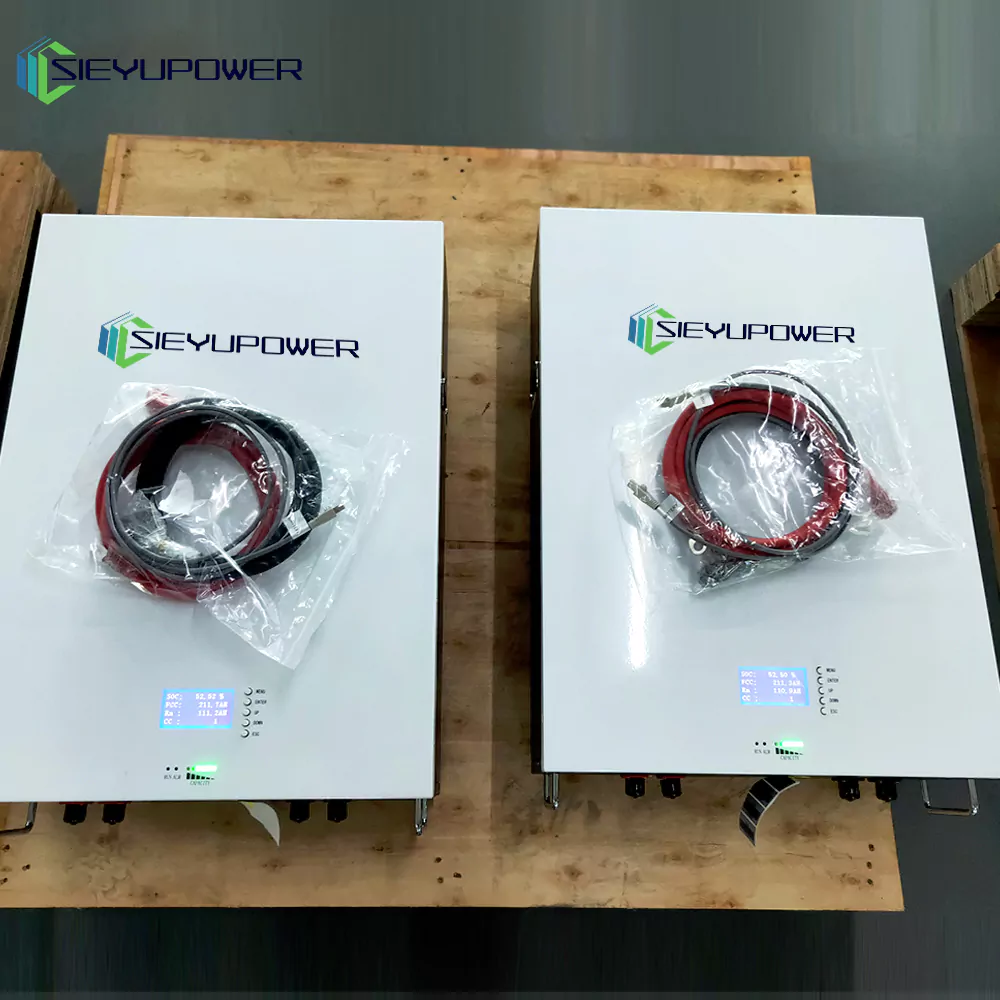If you are looking for a new battery, you will want to check out a wall mounted lithium battery. These batteries are becoming popular for their convenience and low cost. However, there are some things you should know before buying one. Read on to learn how they compare to lead-acid batteries, how long they last and how to install them.
Compared to lead-acid
There are some key differences between lead-acid and lithium batteries. While lead-acid batteries have been around longer, they have limitations, such as storage capacity. Lithium-ion batteries have much longer cycle lives, and are lighter and more expensive. However, there are some similarities between the two types.
Both lead-acid and lithium batteries require maintenance, but lithium batteries have fewer maintenance issues. The lead acid type requires more maintenance than lithium, and both have some drawbacks. Lead-acid batteries are also less reliable. Lithium batteries have a higher price tag, but they are maintenance-free and last longer.
A disadvantage of lead-acid batteries is that they take longer to charge than lithium batteries. A lead acid battery’s charge cycle can take between two and four hours, depending on the depth of discharge. Lead acid batteries also need to be charged at least half-way in order to maintain their maximum capacity.
Cost
A wall mounted lithium battery, also known as a LiFePO4 battery, is a deep cycle backup power solution that offers several benefits. In addition to being very low-cost and easy to install, these batteries are highly energy-efficient and offer superior power density. They are also lightweight and require very little maintenance. They have a very low self-discharge rate and no sulphation risk.
The up-front cost of a lithium battery is higher than that of other batteries, but the cost of ownership is much lower. Unlike other types of batteries, lithium batteries never need replacement or maintenance, thereby significantly reducing the overall cost of ownership. For this reason, they are a very affordable option for many residential uses.

Lifespan
The life expectancy of wall-mounted lithium batteries varies depending on their capacity and the amount of energy stored. They range from eight to fifteen years, depending on the number of cycles and kWh produced. As with all batteries, a lithium battery will gradually lose capacity over time. After about 10 years, a lithium battery may have lost 30% of its original capacity.
Depending on the type of battery and the temperature it is stored at, the battery’s life can be shortened. If you want to prolong the service life of your wall-mounted lithium battery, you should avoid overcharging and trickle charging. Both of these processes can increase the internal temperatures and decrease the capacity and lifetime of the battery. These methods can also cause side reactions and trap usable lithium.
Lithium phosphate batteries have an extended service life and have better discharge capacity. They are also resistant to high temperatures. If you charge them only once a day, they will last for at least five years. However, their discharge capacity is significantly reduced below zero degrees. As a result, a battery that operates in cold temperatures will have a limited service life.
Installation
Wall mounted lithium batteries are an excellent choice for homes and businesses because they provide a long-term power solution. According to Australian Standard AS 5139, batteries with a voltage of 12 volts and an energy storage capacity of 1 kilowatt-hour should be installed in a fixed location. The standard applies to residential, commercial and agricultural properties. It does not apply to batteries for electric vehicles, caravans, telecommunications applications or uninterruptible power supplies.
Installation of wall mounted lithium batteries should be performed in compliance with building codes. There are additional requirements related to wiring and other areas. Lithium batteries are especially powerful and can create dangerous arcs if they short circuit. In addition to electrical safety, category 3 batteries are not suitable for use in inhabited areas and should be installed in detached structures.
A battery system consists of a battery box and a control box. The Control Box is placed in a room with proper ventilation. The Battery Boxes are connected in a daisy chain configuration. The final Battery Box is connected to the Control Box with the termination plug provided by the Control Box.


